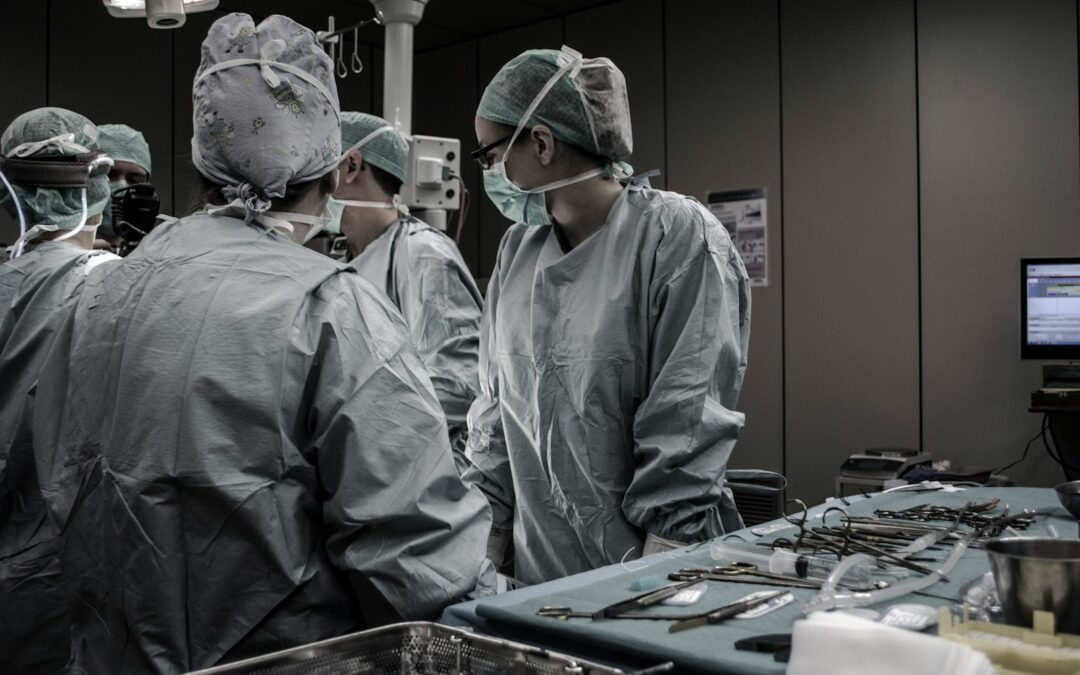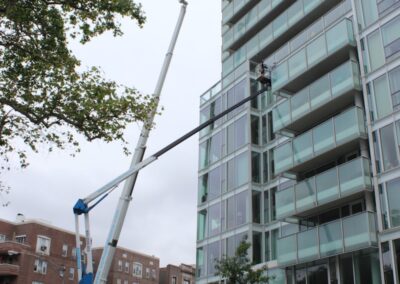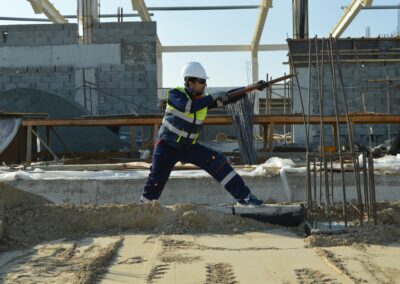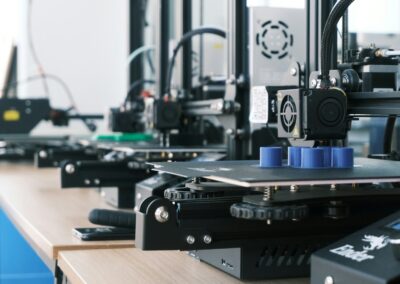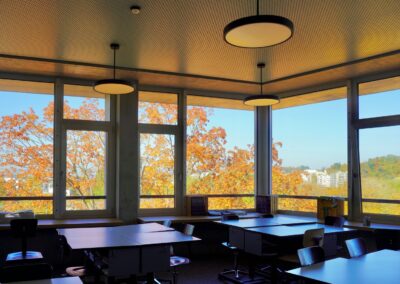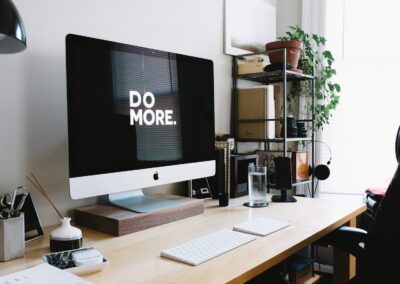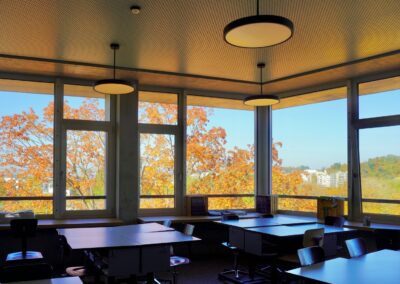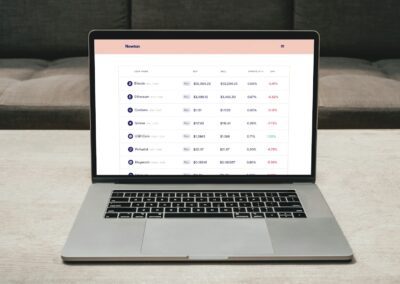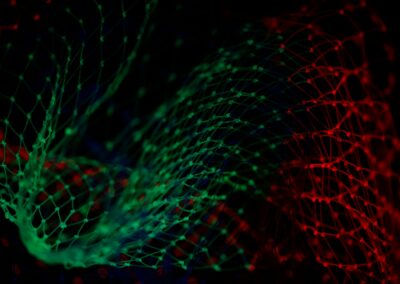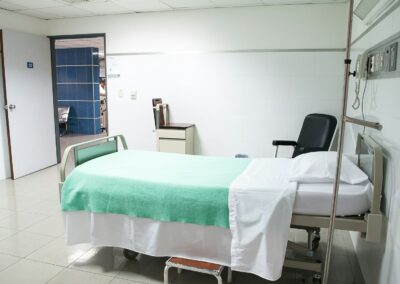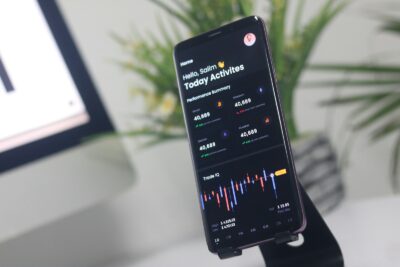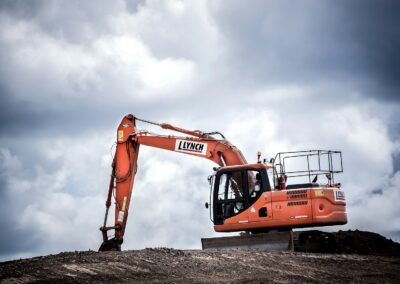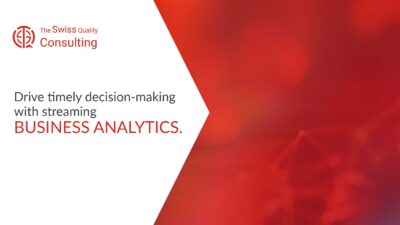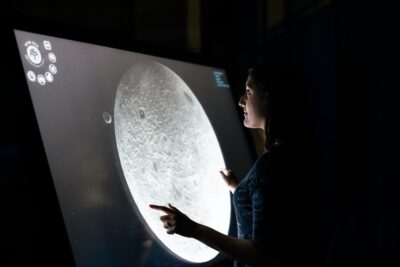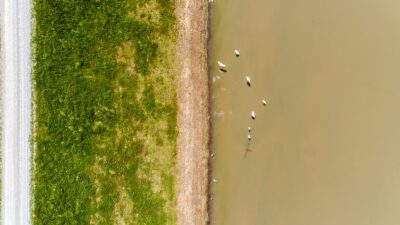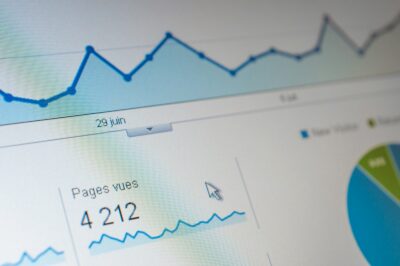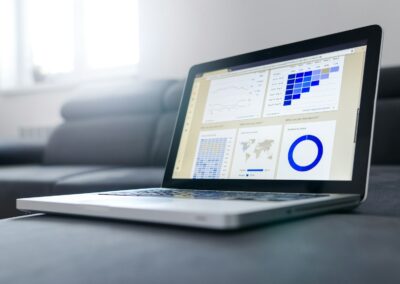Transforming the Construction Industry in Saudi Arabia and the UAE with Advanced Technology
The Role of Digital Twins in Structural Health Monitoring
The integration of digital twins in structural health monitoring is revolutionizing how the construction industry approaches building maintenance and repairs. Digital twins are comprehensive, dynamic virtual models of physical entities, continuously updated with real-time data from sensors, IoT devices, and other data sources. In the context of structural health monitoring, digital twins provide detailed insights into the condition and performance of buildings, enabling proactive and data-driven decision-making.
In regions like Saudi Arabia and the UAE, where urban development is rapid and ongoing, the adoption of digital twin technology is becoming increasingly important. Cities such as Riyadh and Dubai are leveraging digital twins to monitor the structural integrity of their buildings, ensuring they meet safety standards and perform optimally throughout their lifecycle. By using digital twins, stakeholders can detect potential issues early, prioritize maintenance tasks, and extend the lifespan of their infrastructure.
Moreover, the integration of Artificial Intelligence (AI) and generative AI with digital twins enhances their predictive capabilities. AI algorithms can analyze large volumes of data collected by digital twins to identify patterns, forecast potential structural issues, and recommend maintenance actions. This predictive maintenance approach not only improves safety and reliability but also reduces costs associated with unexpected repairs and downtime.
Implementing Digital Twins for Effective Building Maintenance
The implementation of digital twins in structural health monitoring requires a strategic approach that combines advanced technological infrastructure with industry expertise. Construction companies and building managers in Saudi Arabia and the UAE must invest in high-quality sensors, IoT devices, and data analytics platforms to generate and process detailed structural data. This infrastructure is crucial for creating accurate and reliable digital twins that can effectively monitor building health.
In Dubai’s evolving skyline, digital twins are being utilized to ensure the structural health of both new and existing buildings. By continuously collecting data on factors such as load distribution, temperature changes, and material degradation, digital twins provide real-time insights into the structural performance of buildings. This allows for timely interventions and informed decision-making, ultimately enhancing the safety and sustainability of urban infrastructure.
Executive coaching services play a vital role in guiding industry leaders through the adoption and integration of digital twin technology. Coaches can help leaders develop a clear vision for leveraging digital twins in structural health monitoring, foster a culture of innovation, and manage the organizational changes required for successful implementation. By providing strategic insights and support, executive coaches ensure that construction companies and building managers can fully realize the benefits of digital twins and drive better project outcomes.
Maximizing the Benefits of Digital Twins in Building Maintenance
The potential of digital twins in structural health monitoring extends beyond real-time data collection and analysis to include broader applications in sustainability, efficiency, and stakeholder collaboration. For construction companies and urban planners in Saudi Arabia and the UAE, maximizing the impact of digital twin technology involves continuous innovation and a commitment to leveraging the latest advancements in AI and machine learning.
One of the key benefits of digital twins is their ability to facilitate detailed simulations and predictive modeling. By analyzing historical data and simulating various scenarios, digital twins can predict the long-term performance and sustainability of buildings. In Riyadh’s ambitious urban projects, digital twins are being used to plan and manage green spaces, water conservation systems, and waste management strategies, ensuring that new developments are both environmentally friendly and economically viable.
Furthermore, digital twins can enhance collaboration and communication among stakeholders involved in building maintenance and management. Virtual models provide a centralized platform for sharing real-time data and insights, enabling architects, engineers, contractors, and regulatory bodies to work together more effectively. In Dubai, leading construction firms are using digital twins to streamline project management, reduce construction timelines, and ensure compliance with building standards, thereby enhancing the overall efficiency and sustainability of their projects.
Conclusion
In conclusion, the integration of digital twins in structural health monitoring is transforming the construction industry by providing valuable insights into the condition and performance of buildings. By offering real-time data and predictive capabilities, digital twins enable construction companies and building managers to make informed, data-driven decisions that enhance safety, reliability, and efficiency. The successful implementation of digital twins requires a strategic approach, supported by executive coaching and continuous innovation. For construction companies in Saudi Arabia, the UAE, and beyond, embracing digital twin technology will be key to driving excellence in building maintenance and achieving long-term success in a rapidly evolving industry.
#digitaltwins, #structuralhealthmonitoring, #buildingmaintenance, #datadrivendecisionmaking, #AI, #UAE, #SaudiArabia, #Riyadh, #Dubai, #moderntechnology, #businesssuccess, #executivecoaching, #generativeAI

